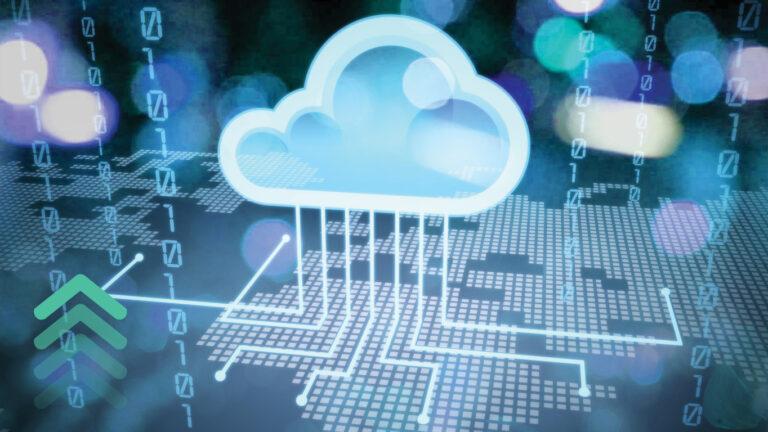Single-tenant architecture is the key to UI modernization success and should be high on your priority list.
There is no question that the Department of Labor’s Employment and Training Administration (DOL/ETA) is pushing state agencies toward the cloud environment, and, rightly so in my opinion. There are just so many advantages over on-premises systems. The DOL UI modernization team, in the recently published IT Modernization Strategy, included “Cloud-based infrastructure that provides flexible computing resources, which enable systems to more easily scale to meet changing demands” in their list of recommended characteristics of modernization to orient around. Additionally, recent UIPL No. 11-23 uses the word “cloud” 20 times in describing the DOL recommendations for “meaningful transformation in the UI system.” And lack of scalability – the ability to adjust to fluctuating claims volume without compromising performance, quality, or cost—was at the root of systemic problems in UI during the pandemic.
Okay, we know that the cloud is the way to go, and we know that DOL believes that and is offering to fund solutions that include the cloud. But what should that look like? There are several best practices that you should look at, and several resources are provided below. But having a single-tenant setup is high on every list. The fact is that multi-tenant architecture with a single shared environment for multiple tenants may lead to unexpected misconfigurations and change management risks. Think about it: if one tenant needs to change their configuration or perform an upgrade, that could potentially cause all sorts of problems for the other tenants. Is multi-tenant easier for the vendor? Sure, there’s only one set of base code to maintain, but it’s very risky for the state agency and its data. Think back to late June of 2022 when one UI software provider took their systems offline because of what they deemed a cyberattack. It affected claimants in as many as 40 states, and UI systems in multiple states. And it lasted for several weeks! Finally, the systems were brought back online, but not before some very serious public relations issues that linger to this day.
Single tenancy is an architecture in which a single instance of a software application and supporting infrastructure serves one customer. Single-tenant configurations are commonly implemented in a Software-as-a-Service (SaaS) delivery model in the cloud. Simply put, you need and should want your own unique “firewall in the cloud.” My recommendation is to start any conversation with a prospective vendor by asking, “Is your cloud environment multi-tenant or single-tenant architecture?” And now you know the answer that you need to hear.
Still curious about single-tenancy or other aspects of UI modernization? Catalis is here to provide answers.


